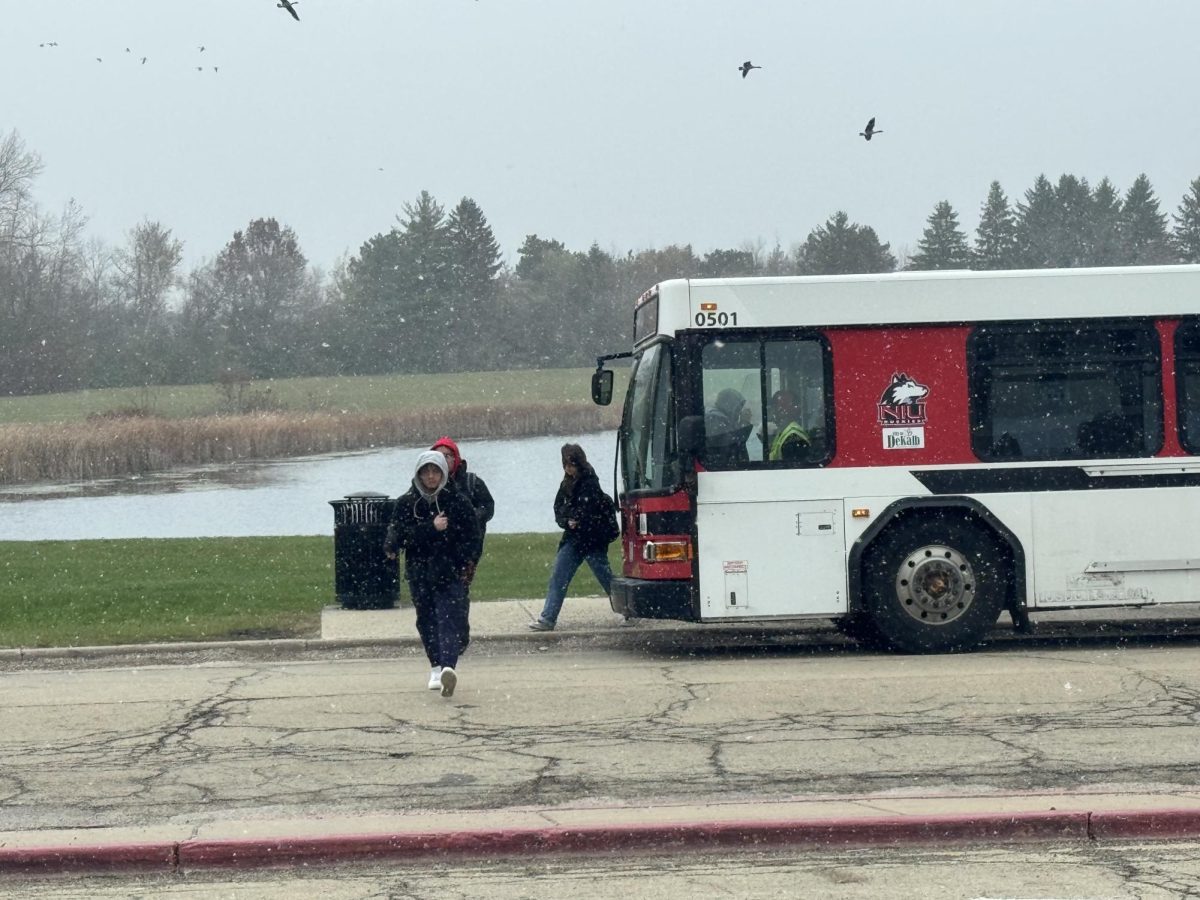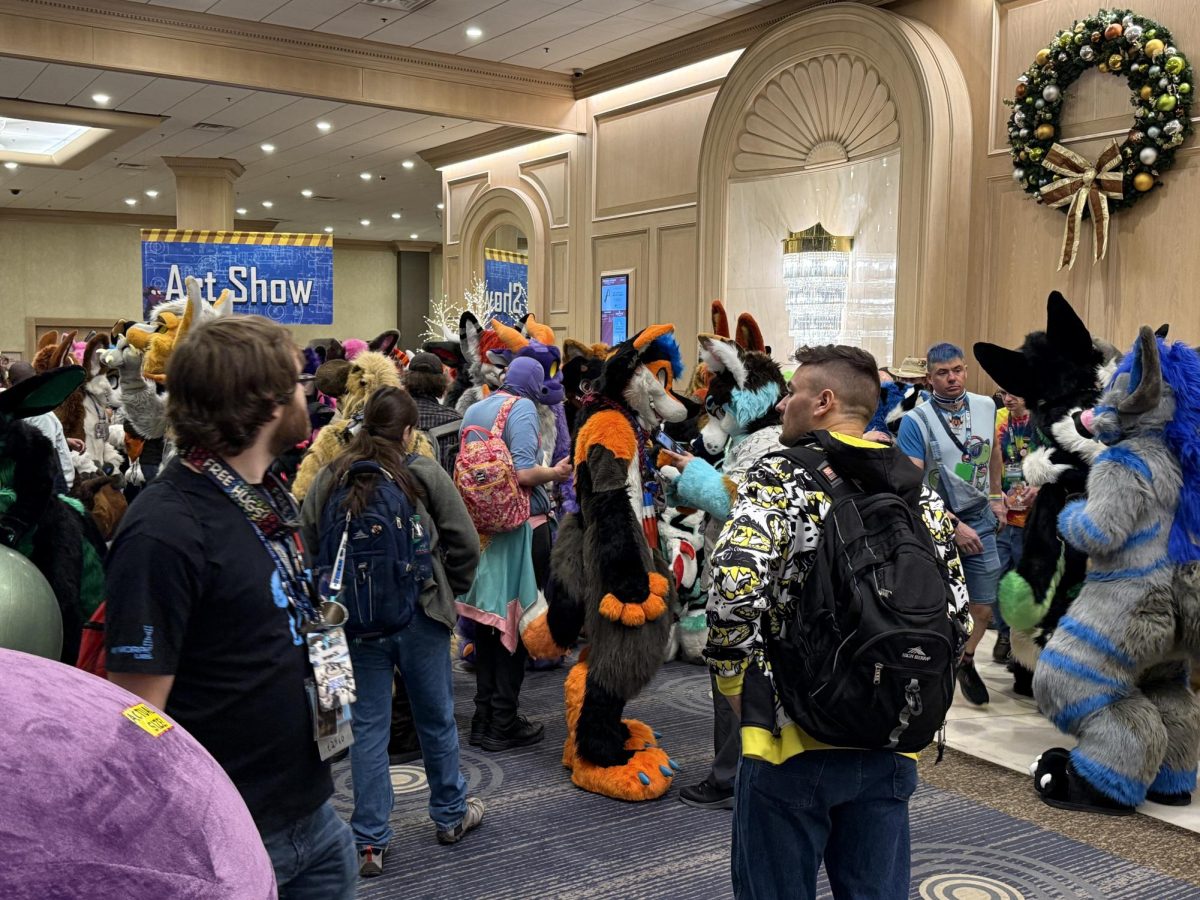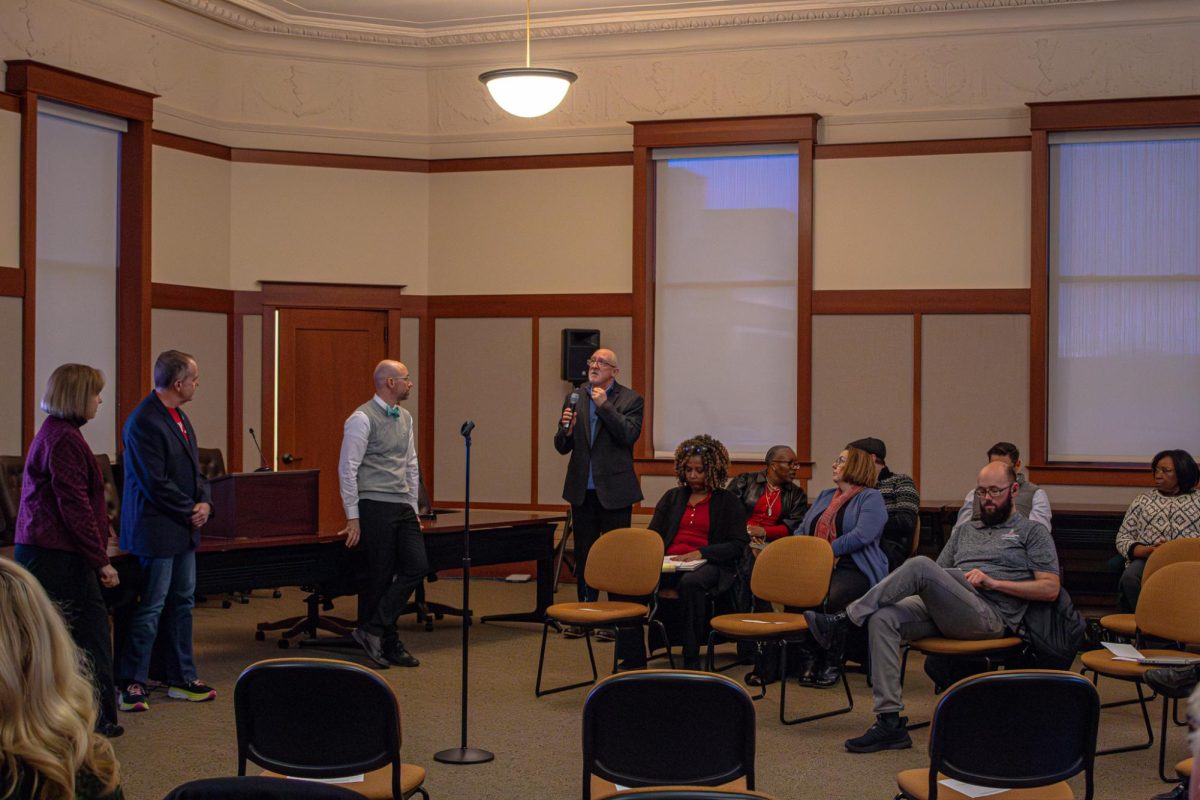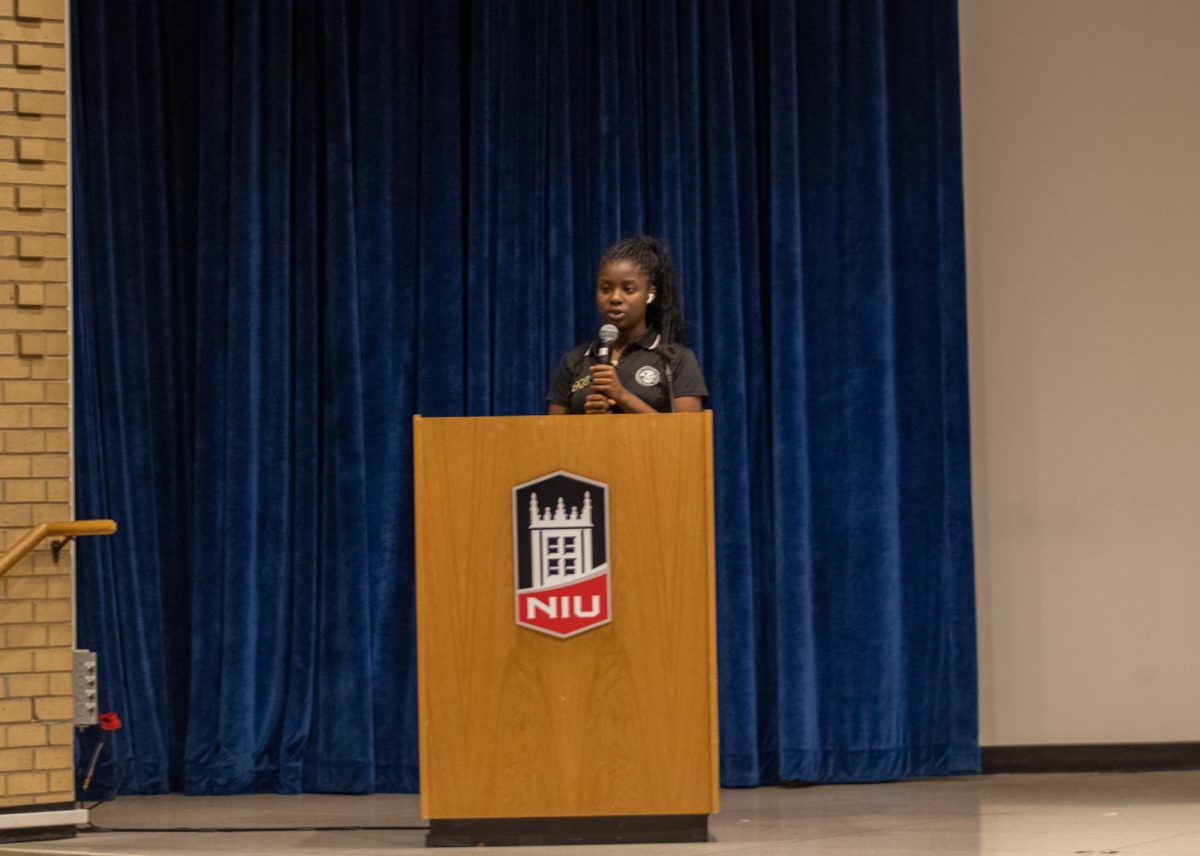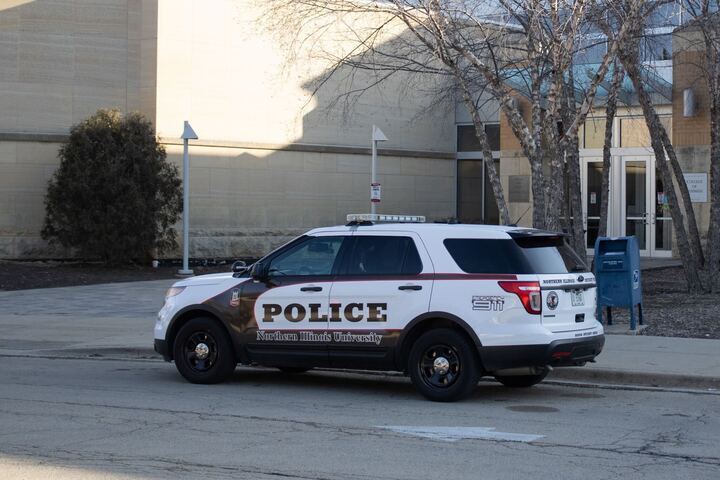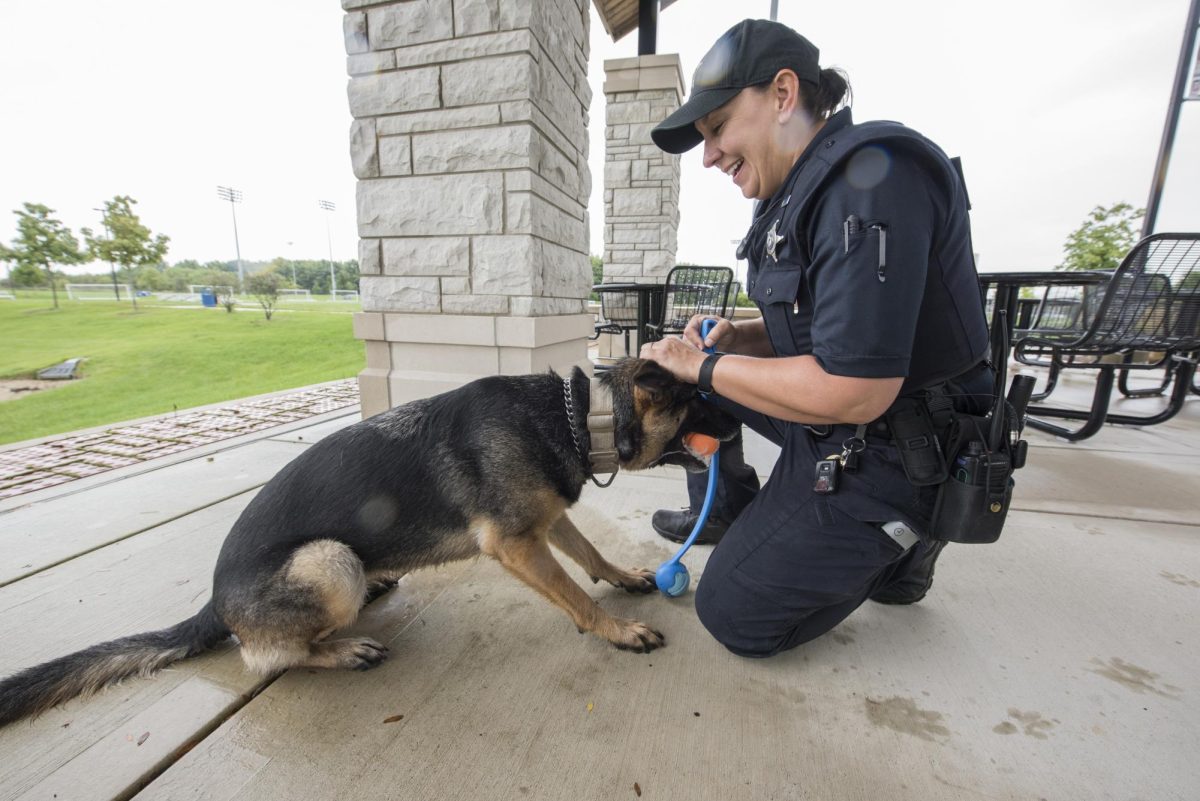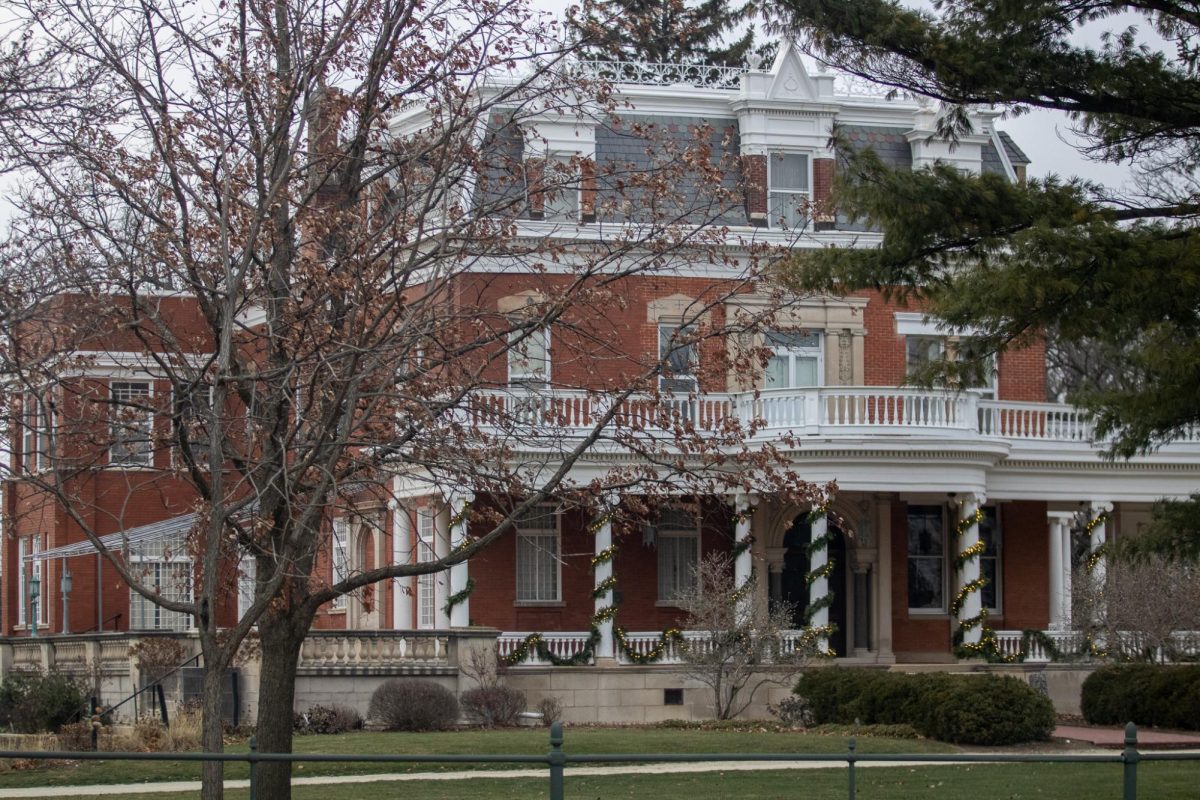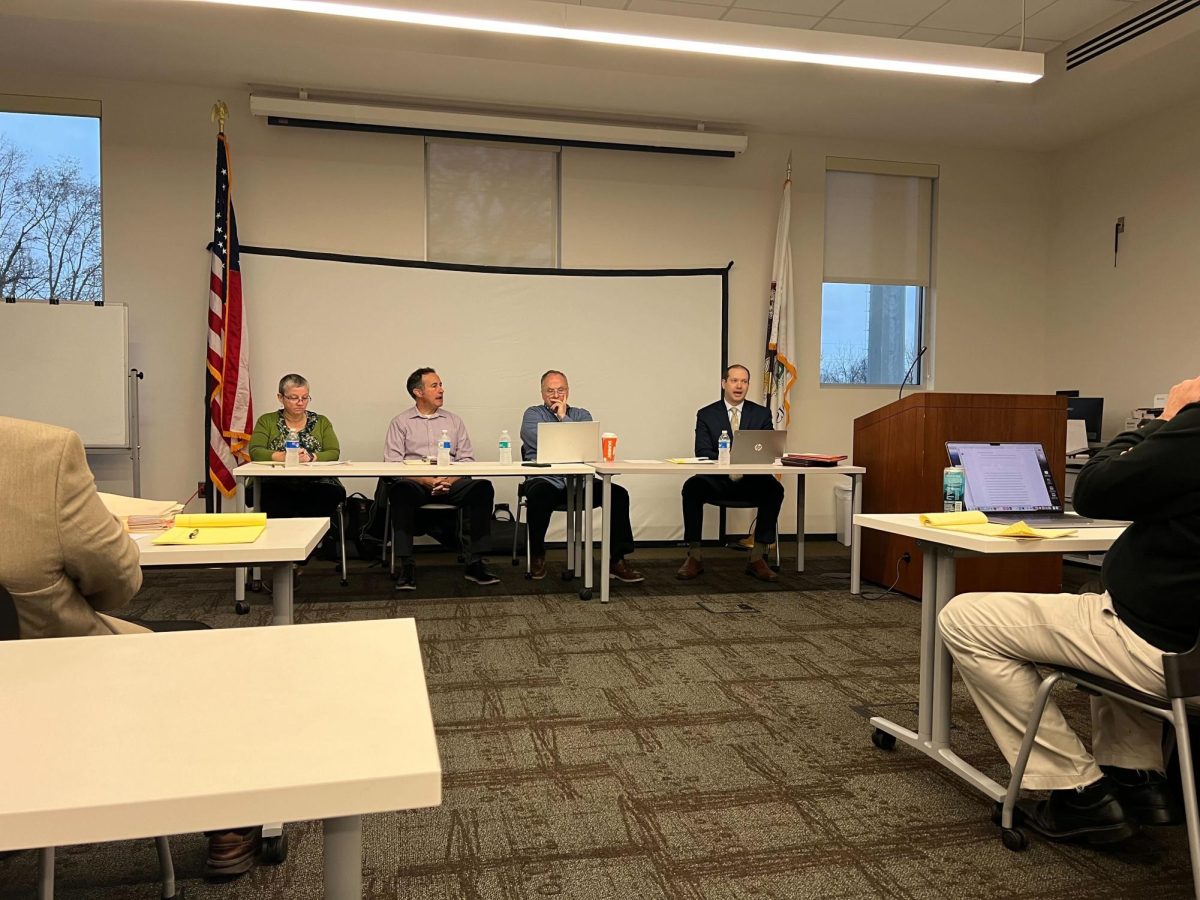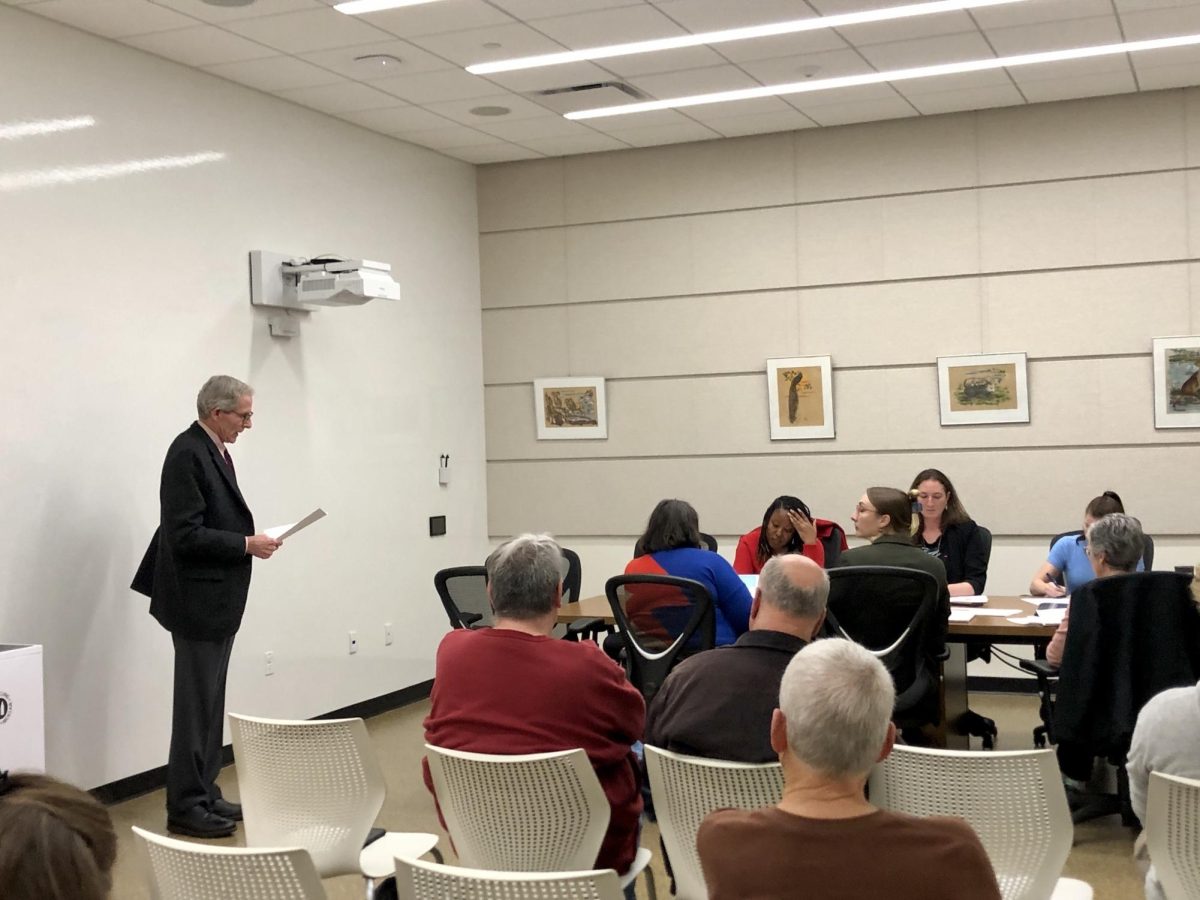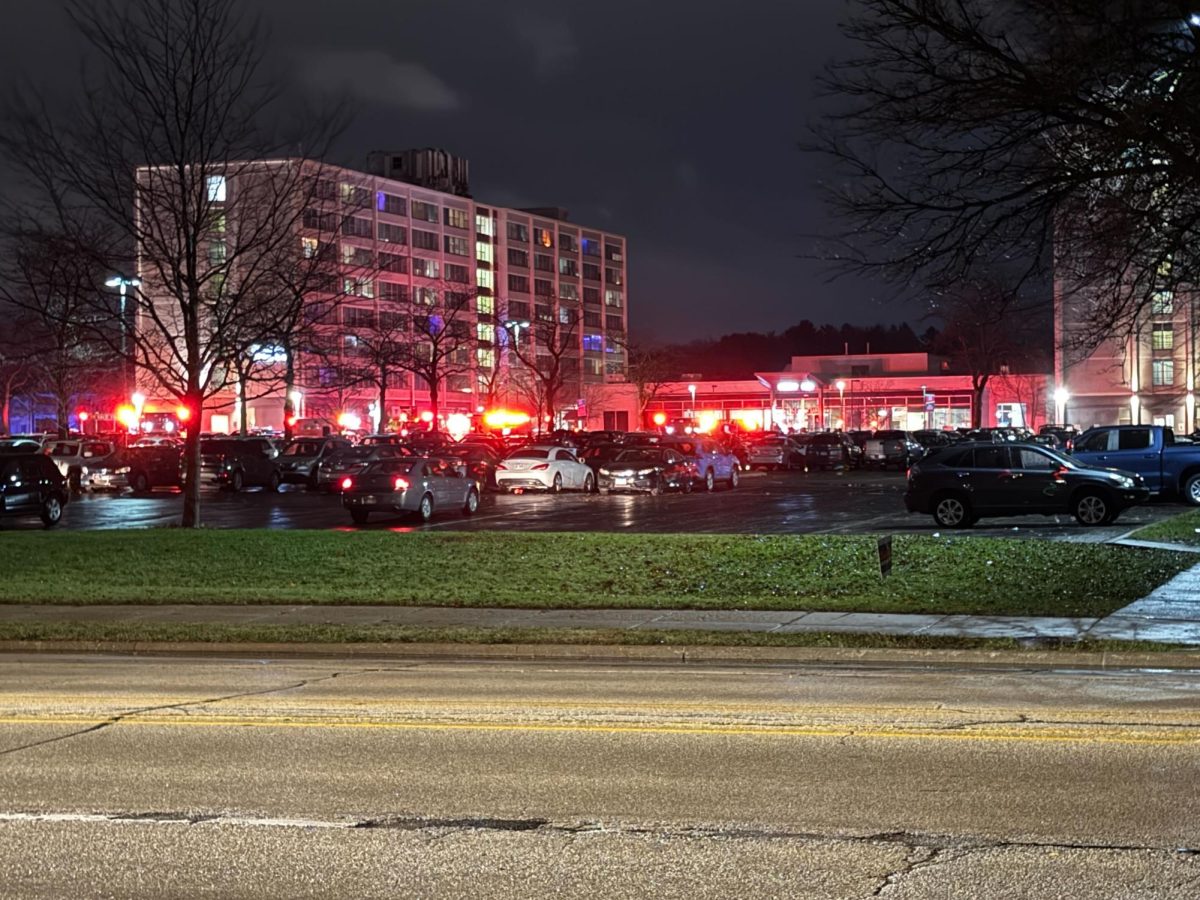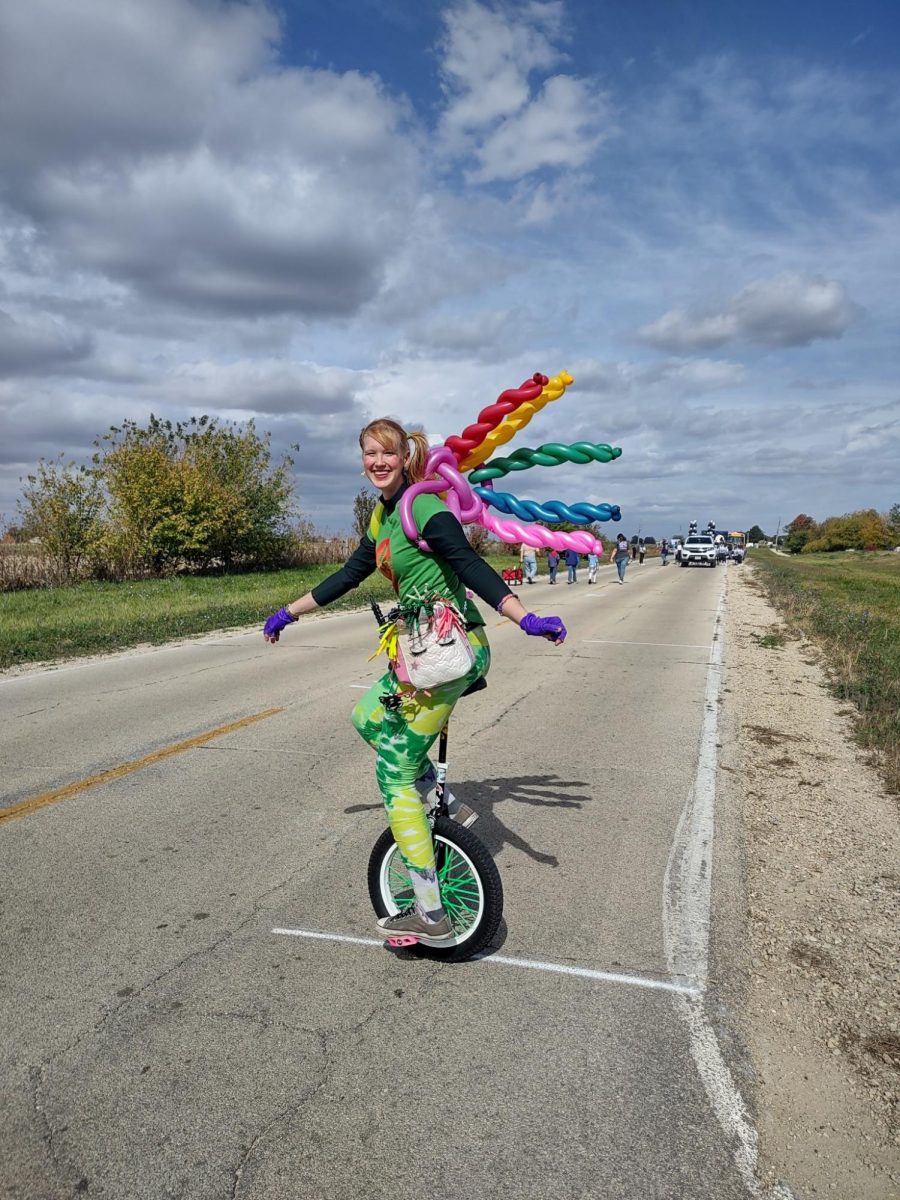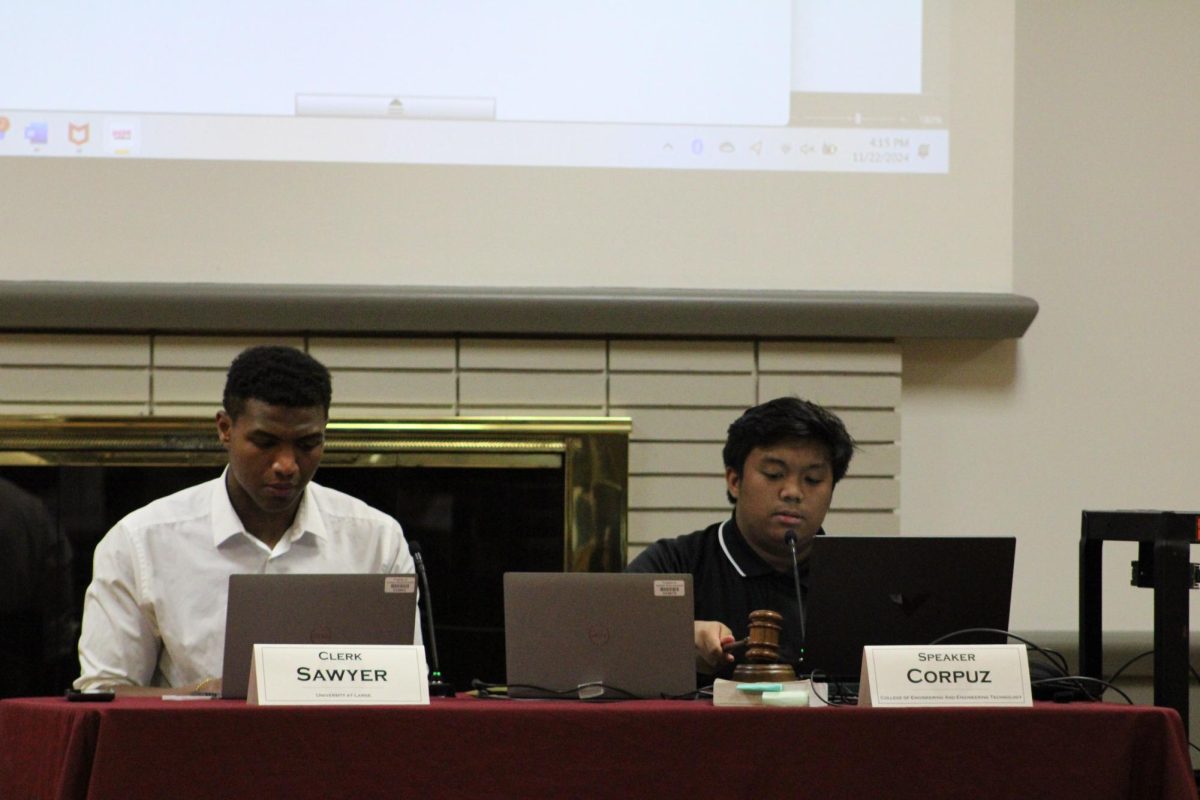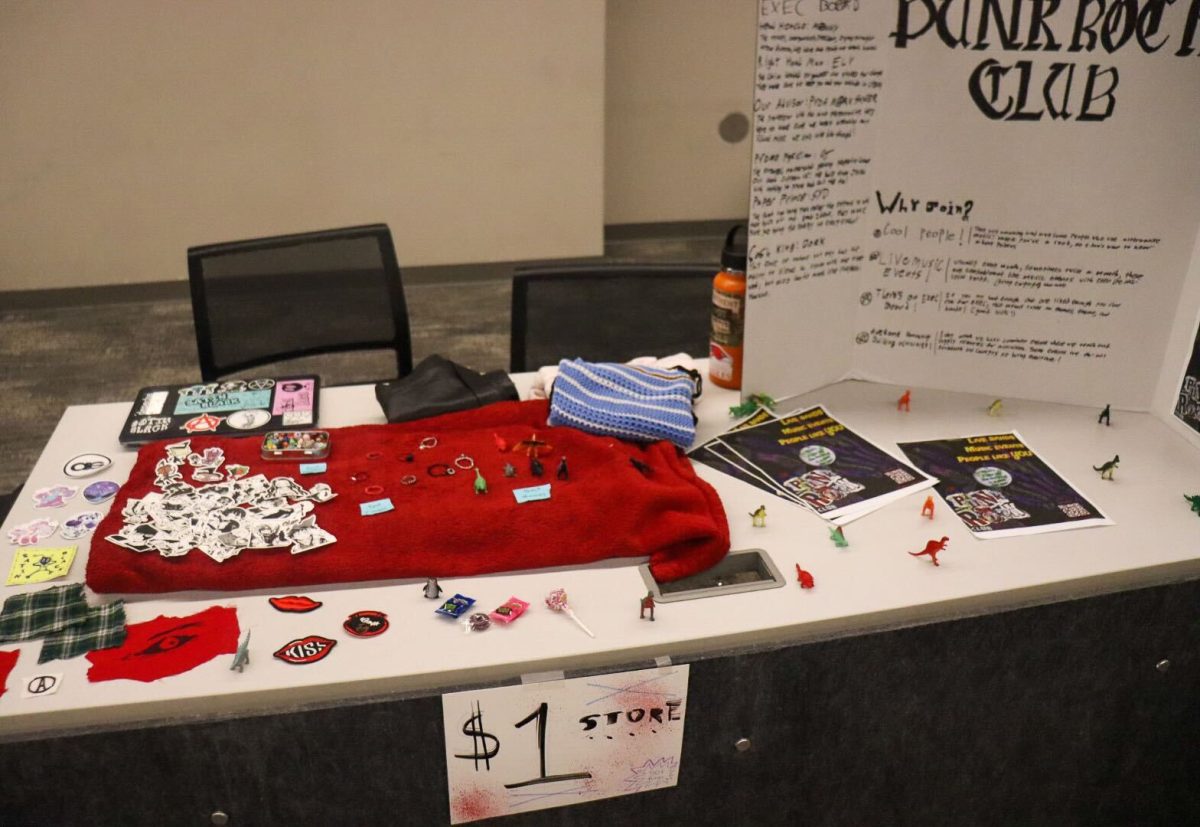DeKALB – “Warmer” and “drier” are adjectives better suited to the summer season, but they will now also apply to the coming winter.
In a recent three month outlook, an El Nino winter has been predicted in Illinois with a higher probability of above normal temperatures and a below normal chance for precipitation, according to the National Weather Service’s Climate Prediction Center.
Allison Michaelis, an assistant professor in NIU’s Earth, Atmosphere and Environment Department, said that in areas near the Gulf Coast, residents can expect a wetter season, but for people in the Midwest such as residents of DeKalb, they should expect a warmer and drier winter.
El Nino is a weather phenomena that is part of the El Nino-Southern Oscillation cycle, an oceanic component of weather that semi-regularly switches between warmer than normal temperatures and colder than normal temperatures. The cold phase is referred to as La Nina, according to Michaelis.
El Nino occurs when warm water that is usually pushed west during the regular process of upwelling is pushed back east toward the west U.S. coast due to weak trade winds, according to the National Oceanic and Atmospheric Administration.
“In general, with El Nino for the Midwest, we tend to have warmer and drier conditions, versus places like Southern California, for instance, tend to have wetter winters,” Michaelis said.
Michaelis said drier and warmer conditions on the average day does not mean there will be no snow.
“A great example is we were under an El Nino in 2018-2019 winter, and January 2019 was that huge, colder outbreak and cold wave that we had over the Midwest,” Michaelis said. “So even if winter as a whole is warmer and drier than the average, you can still have some variability within that.”
Although most days this winter should be mild out, Michaelis recommended NIU students to prepare as normal for winter due to the variability of an El Nino winter.
“Plan for the usual and then be pleasantly surprised with some warmer and drier temperatures – fingers crossed,” Michaelis said.
Owen Lagger, a junior meteorology major, said students should prepare for the weather each day by using their phones.
“I mean, everyone has a phone now. So I mean, best thing to be prepared about the weather is to know what’s going to come in,” Lagger said. “So even if that forecast is wrong, you’re still prepared.”
Although for some students a more pleasant winter may not sound too bad. Dakota Lohman, a junior environmental science secondary education major, said he would prefer a more normal winter.
“I relatively like cold temperatures,” Lohman said. “I think it’s going to be weird, it’s going to be a bit warmer, and then we’re going to get squalls, and we’re going to get like quick bursts of snow. I think I’d probably prefer a normal winter.”
It is important to note that the El Nino and La Nina conditions are phenomenon and do not occur because of climate change.
“That swap between El Nino and La Nina for tropical Pacific Ocean temperatures, that happens regardless and has been for many, many years,” Michaelis said. “That’s just one of our natural modes of climate variability.”



